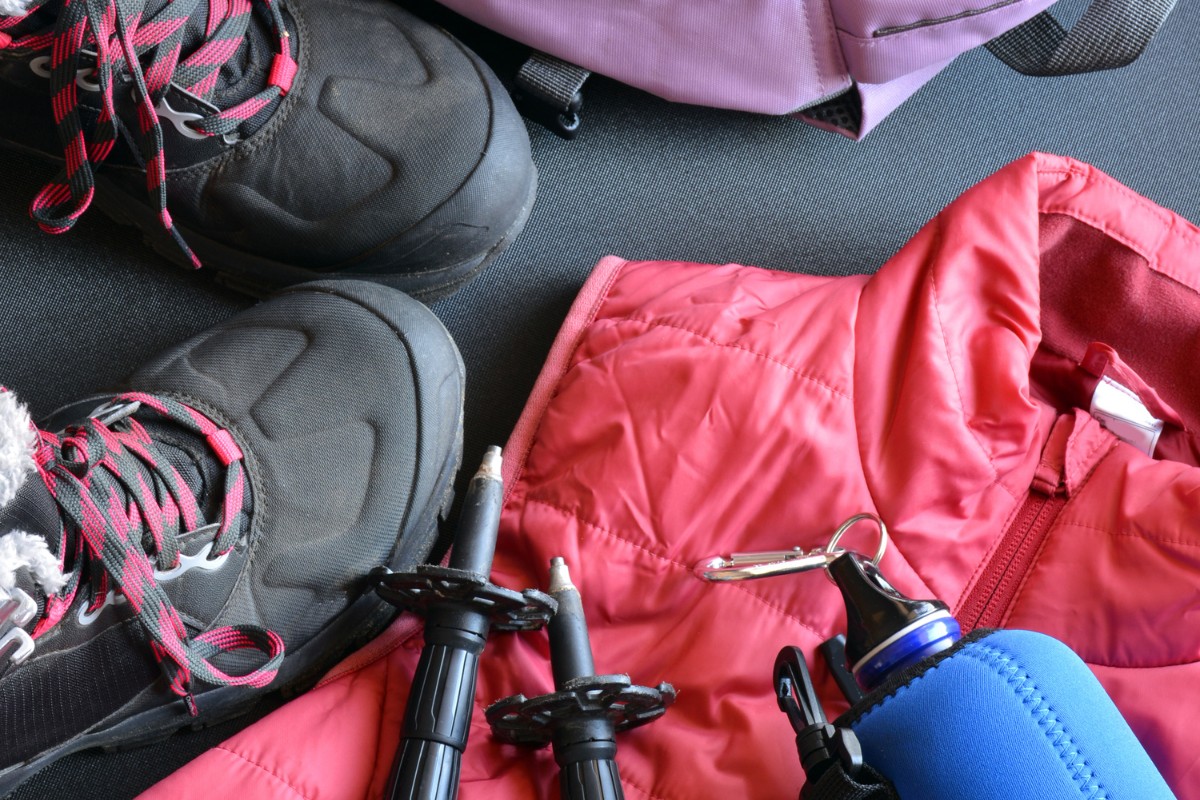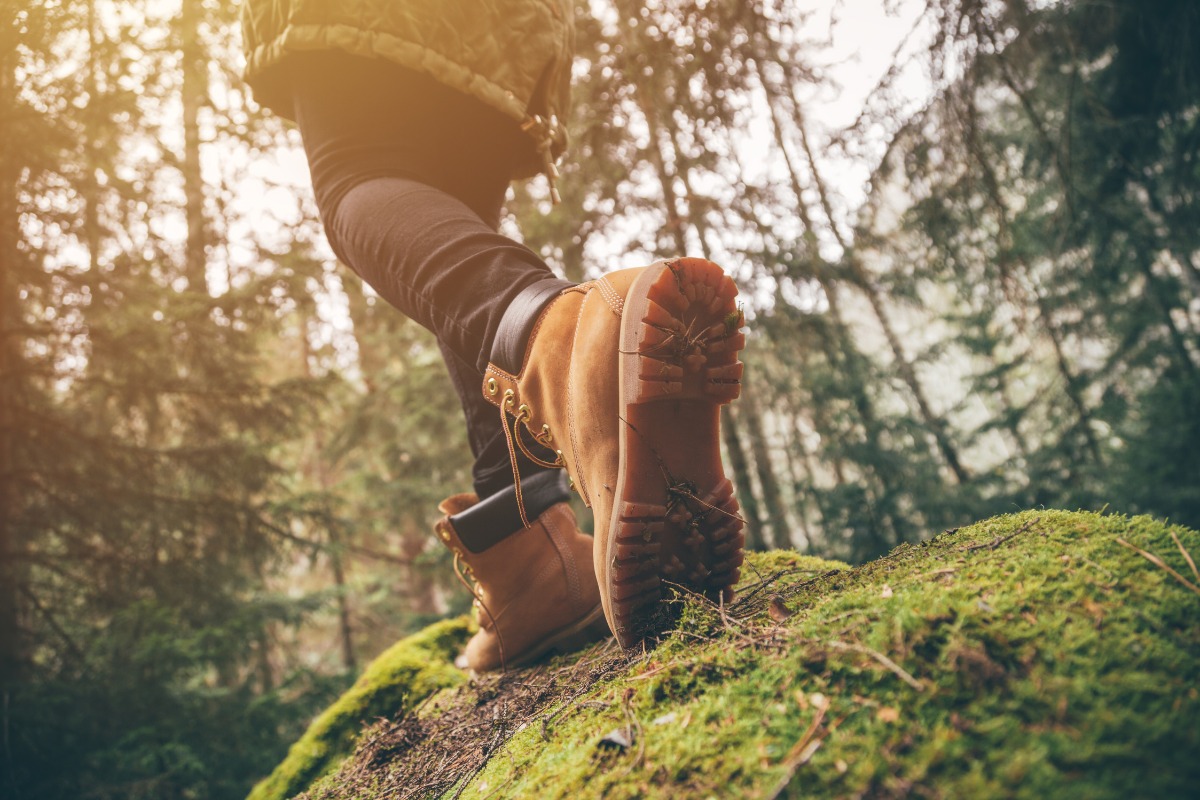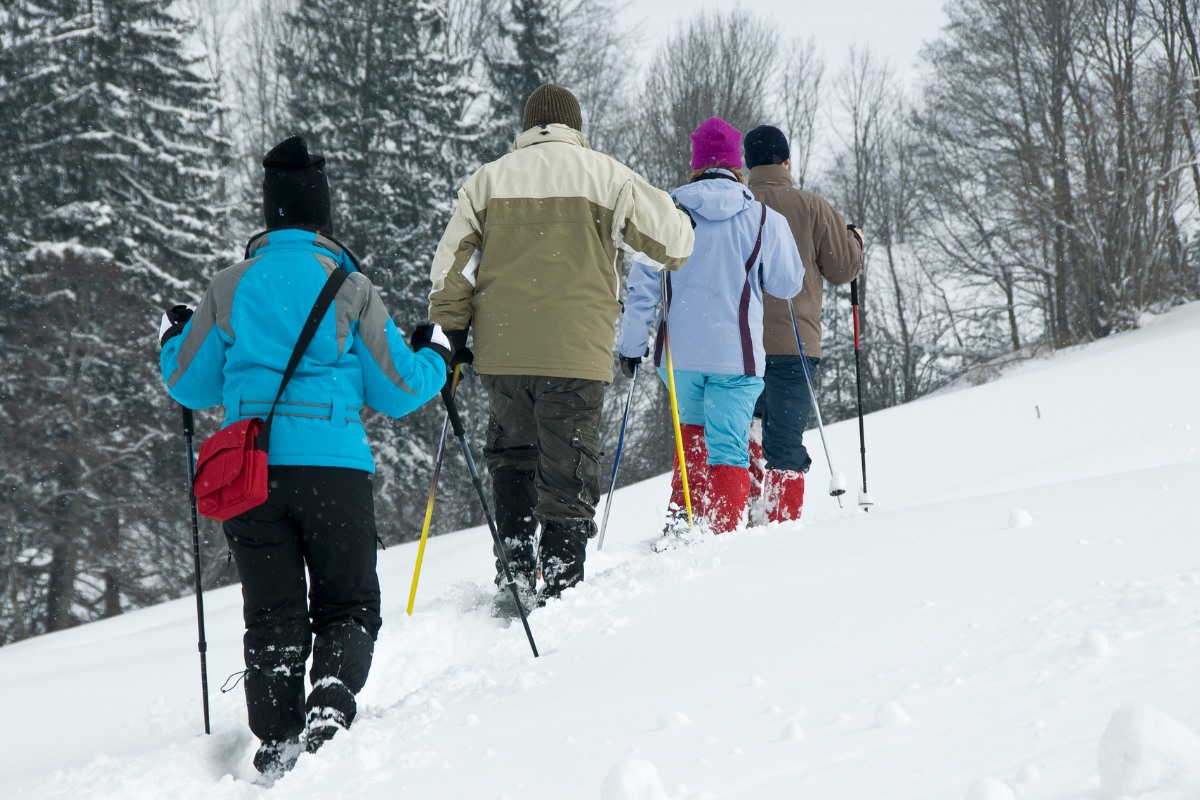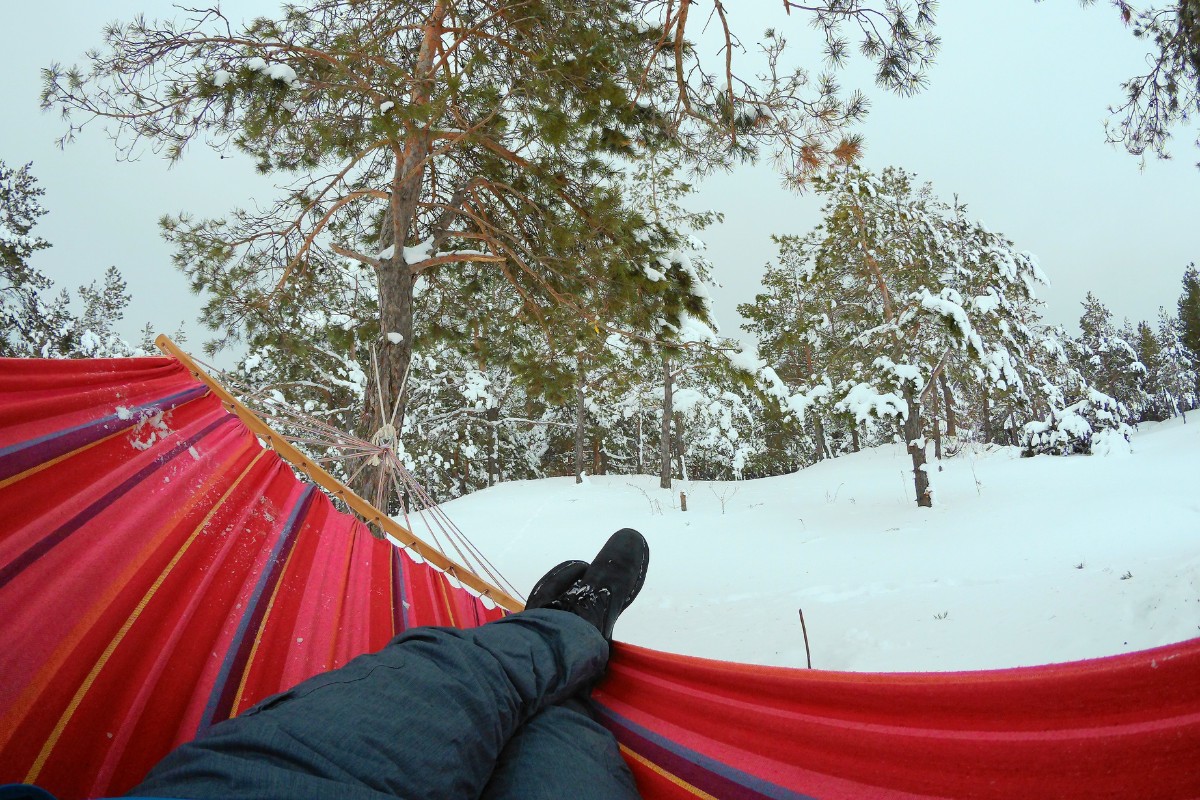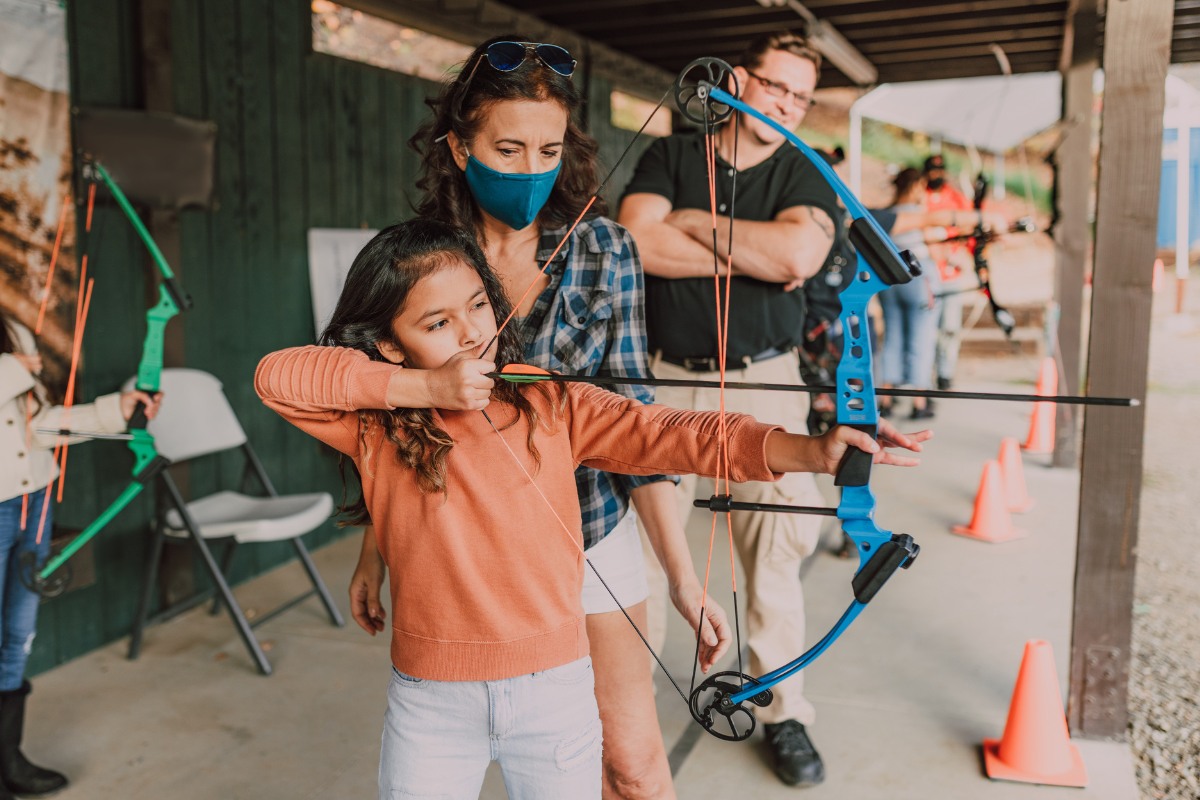Hiking without the right equipment can be painstaking. A lot of your enjoyment may be compromised if you are not prepared for the conditions. It is vital that you dress in a way that takes into account the environment you will be hiking in and the fact that you will be outdoors for a long time, sometimes days on end.
Whether you’re a first-timer or an experienced hiker, our tips can help you to make sure you dress right and pack right for your next adventure.
Consider the Weather and Environment
It is good common sense to plan for the trail where you are headed, as well as the season you are in and the weather forecast. A winter hiking trip when it is likely to be raining will lead to very different clothing being advisable to a clear summer hike.
The difficulty of the trail conditions underfoot should also be considered. Is it a rocky environment where you can wear sandals in the summer? Will there be a lot of mud if it does start raining and therefore the chance of slipping?
The top tip is to layer up. By wearing layers that can be removed and stored in your bag, you can account for the unpredictable nature of the weather. Take off a layer if the sun comes out, or add a raincoat to your outfit if the skies open.
Footwear
Ask any experienced hiker, and they will tell you that footwear is of paramount importance. Your choice will boil down to whether you want hiking boots or hiking shoes. These sound like the same thing to those who don’t have a lot of experience.
Hiking boots will give you more protection from hazards like bites and stings. They are available with both high and low-top designs and are usually waterproof.
Hiking shoes have more of a resemblance to sneakers. They are probably not waterproof but can be more breathable and, therefore, better for warmer weather conditions.
Whichever you opt for, ensure you have a lot of ankle support, as you will be carrying the strain of your backpack.
There is such a thing as hiking sandals, too. These are like normal sandals with more support, but unless you can be sure that they have enough protection and that the weather will stay dry, they aren’t recommended.
Base Layer
Base layers can be a great way to provide a little extra insulation and protect your skin from thorns, irritating bushes and other hazards. Many base layers also have moisture-wicking capabilities. This is great for staying dry, whether you are sweating in hot conditions or just being exposed to bucketloads of rain.
Underwear
Think comfortable and functional. There are specific types of underwear sold with moisture-wicking capabilities for hiking, but generally speaking, you should avoid any type of cotton. Quick dry materials are perfect for staying clean and comfy on the go.
Top Half
Layering is the best technique to ensure you are prepared for changes in weather.
The first layer of tank tops and tees should once again follow the no-cotton rule. On a hot day, a vest or tank top is sufficient. Breathable fabrics such as polyester and nylon are suitable.
On top of this should be the mid-layer. This usually means fleeces, sweater vests or gilet-style jackets designed for an extra level of insulation. These types of fabric come in lightweight, midweight and heavyweight, and the decision on which to buy and wear should be based on the forecast and average temperatures.
The outer layer is the final step for your upper half. Keeping dry is the number one priority here. It helps to mitigate the risks of being out in the cold. Freezing and wet conditions are a recipe for disaster. Though some insulation from your outer layer is welcome, being completely waterproof is utterly vital. Even if you are hiking somewhere that is normally hot, there is always a chance of rain. A good jacket or outer layer will also protect you from wind chill and make windy days more comfortable.
Bottom Half
What to wear on your bottom half can be another difficult decision. It isn’t as easy to layer the clothing on your bottom half.
If you feel you can be sure of the weather, it may be simple to make the choice between shorts and long bottoms. If you are pretty certain it will be hot all the time you will be out, shorts may be a safe bet. These can always be combined with undergarments, such as a base layer to keep you protected.
If the weather is likely to be cold and wet, cargo pants are great for both keeping you dry and for storing things, as they are likely to have a lot of different pockets.
Then, we have the fashion statement of the convertible pants. These may not be appealing for first-timers, but actually, they are incredibly functional. These are pants with a zip to allow you to remove the bottom half if the weather is too hot. Having a choice is extremely useful for areas where the weather is unpredictable.
Whatever length you opt for, the key consideration is dryness. Quick-drying fabrics are nothing short of essential, whatever the weather conditions. Moisture can come from the weather or from hot and sweaty days, but either way, your bottom half clothes should stay dry for as long as possible.
Accessories
Some would argue that the clothing accessories you wear when you are on hiking trips are just as vital as the basic layers of clothes. They certainly shouldn’t be ignored.
Sunglasses are a must, whatever season it is. The summer is more associated with sunny days, but actually, the winter sun can be blinding. Even if it is only for a few hours, the sun will probably be low in the sky and can be very annoying without protection.
For the same reason, you need a brimmed hat. Not only can this keep the sun out of your eyes, but it can also keep the water away from your face, too.
Gloves can be essential if you are hiking somewhere cold. Your extremities can be much more susceptible to frostbite. Don’t take any risks by leaving them exposed to wintry conditions.
The Golden Rule
There is one golden rule that you should always follow: No cotton, no denim. These are not materials that are made for hiking, and they will absorb moisture, take ages to dry and not provide the most comfort possible.
Polyester, nylon and merino wool are all preferable and far more suitable for hiking, whatever the conditions.
Conclusion
Though layering and flexible clothing such as convertible pants can protect you from extreme weather changes, the key to being properly prepared for your hiking trip is to consider the weather and the terrain where you will be spending your time. Support, warmth, and dryness are paramount to any successful hiking wardrobe.
